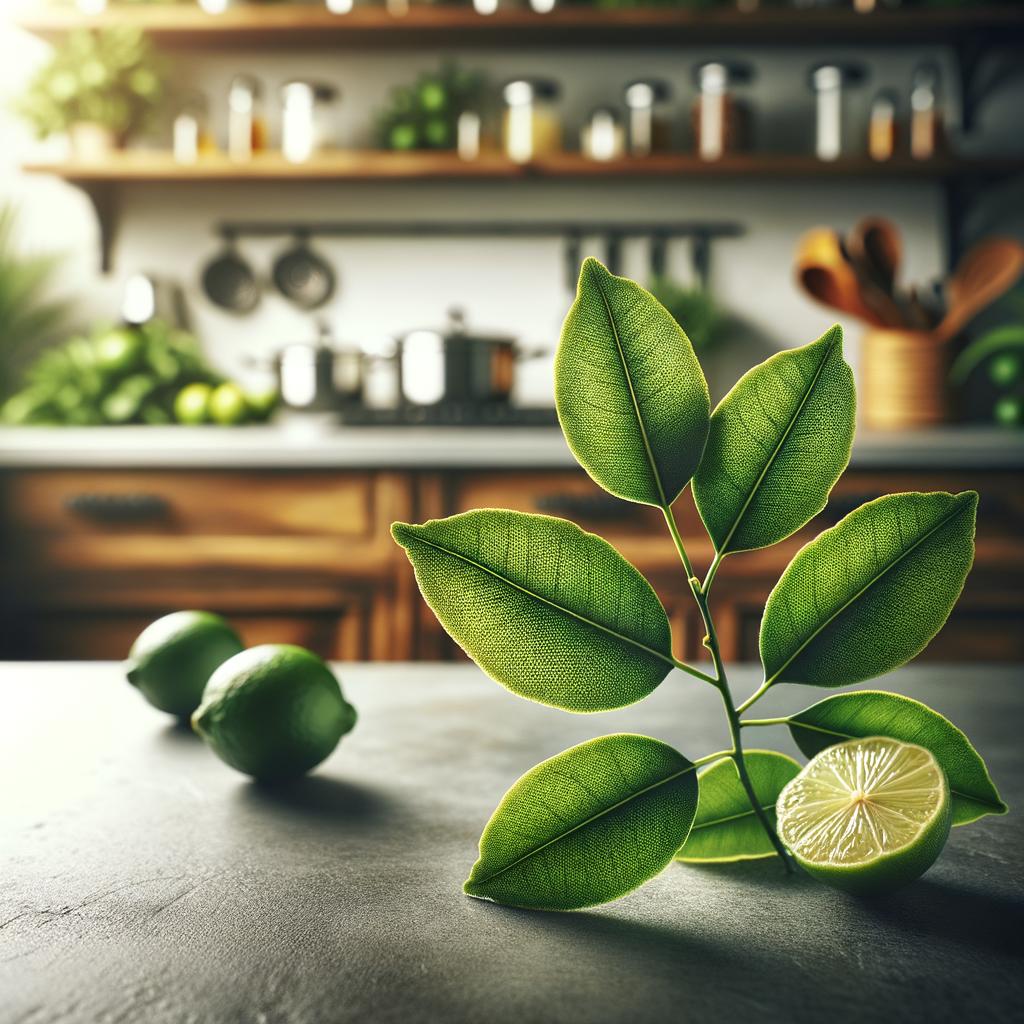Lime Leaves

Description
Lime leaves, more commonly known as Kaffir lime leaves, are a staple ingredient in many Southeast Asian cuisines. These leaves are dark green, glossy, and double-lobed, with a unique hourglass shape that sets them apart from other citrus leaves. They have a robust, vibrant texture and an intensely citrusy aroma. When crushed, they exude a fragrance that is a delightful blend of lemon, lime, and mandarin, with a hint of floral undertones. What makes lime leaves unique is their ability to retain their flavor even after prolonged cooking, a characteristic not shared by many other herbs.
Primary Uses
Lime leaves are predominantly used in cooking to impart a distinct, tangy flavor to a variety of dishes. They are a key component in many Thai, Indonesian, and Malaysian recipes, such as Tom Yum soup, green curry, and Rendang. The leaves are typically bruised or torn before being added to the dish to release their flavor. Lime leaves are also used in the making of fragrant oils and body care products due to their refreshing scent. In traditional medicine, they are used to promote digestion and soothe the nervous system.
History
The history of lime leaves is deeply rooted in the culinary traditions of Southeast Asia. They were originally used by rural communities as a flavoring agent due to their availability and distinct flavor. Over time, their use spread to urban areas and they became a staple of many iconic dishes. Lime leaves have also been associated with various folklore tales. In Thailand, for example, the Kaffir lime tree is believed to ward off evil spirits, and the leaves are often used in spiritual rituals.
Nutritional Information
Lime leaves are rich in essential oils like citronellal, which has anti-inflammatory and antioxidant properties. They also contain various compounds that have been associated with improved digestion and reduced stress levels. In comparison to other citrus leaves, lime leaves have a higher concentration of these beneficial compounds, making them a nutritiously superior choice. However, they are typically used in small quantities due to their strong flavor, so they should be seen as a complement to a balanced diet rather than a primary source of nutrition.

